Market Share
Handheld Counter IED Market Share Analysis
The Handheld Counter IED (Improvised Explosive Device) market, critical for providing portable and effective solutions to counter improvised explosive threats, employs strategic market positioning to thrive in a high-stakes and competitive landscape. Companies within this sector utilize a variety of approaches to differentiate themselves and secure a significant market share.
A key strategy in the Handheld Counter IED market revolves around technological innovation and product differentiation. Companies invest heavily in research and development to introduce advanced handheld devices capable of detecting and neutralizing explosive threats. Innovations may include improved sensor technologies, user-friendly interfaces, and enhanced capabilities for rapid threat assessment. By offering cutting-edge and efficient solutions, companies aim to attract a broader customer base and establish themselves as leaders in the market. Continuous technological advancements are crucial for staying ahead in this dynamic field and addressing the evolving nature of explosive threats.
Strategic collaborations and partnerships play a pivotal role in market share positioning within the Handheld Counter IED sector. Companies often form alliances with military and defense agencies, law enforcement organizations, or other key players in the security industry to develop tailored solutions. Collaborative efforts facilitate the creation of handheld counter IED devices that meet the specific needs and standards of end-users. By aligning with industry leaders and participating in joint ventures, companies can expand their market reach, access valuable insights, and contribute to the development of standardized handheld counter IED solutions.
Market segmentation is another essential aspect of market share positioning in the Handheld Counter IED market. Companies recognize the diverse needs of different user groups, including military personnel, bomb disposal units, and law enforcement agencies. Tailoring handheld counter IED devices to suit specific applications allows companies to cater to the unique demands of various customer segments. This targeted approach enables companies to capture a larger share of the overall market by providing specialized solutions that address the specific requirements and operational scenarios of their customers.
A robust marketing and branding strategy are critical for establishing a strong market presence in the Handheld Counter IED sector. Clear communication of the effectiveness, reliability, and ease of use of handheld counter IED devices is crucial for building trust among end-users. Companies engage in targeted marketing campaigns, participate in defense and security industry events, and collaborate with military and law enforcement agencies to showcase the advantages of their handheld counter IED solutions. A strong brand presence not only attracts new customers but also reinforces confidence and reliability, contributing to sustained market share growth.
Pricing strategies play a pivotal role in market share positioning within the Handheld Counter IED market. Companies must carefully determine pricing structures that reflect the value of their devices while remaining competitive in the market. Pricing considerations may involve factors such as manufacturing costs, technology used, and the overall performance of the handheld counter IED devices. Some companies adopt a cost-effective approach, aiming to provide affordable solutions to a broader market, while others position themselves as premium providers, offering advanced features and performance at a higher price point. The chosen pricing strategy should align with the overall market positioning and value proposition to effectively attract and retain a diverse customer base.

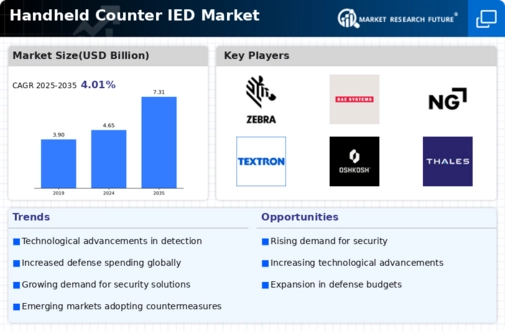
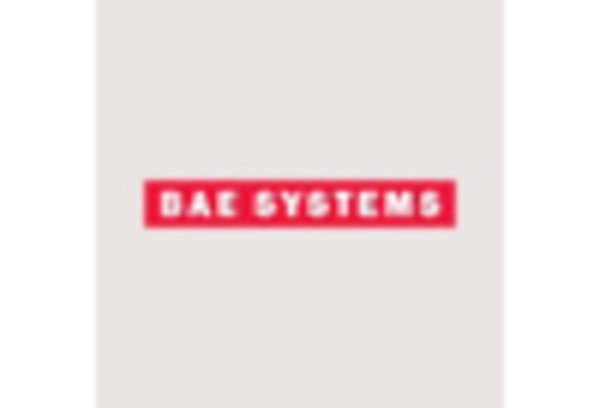
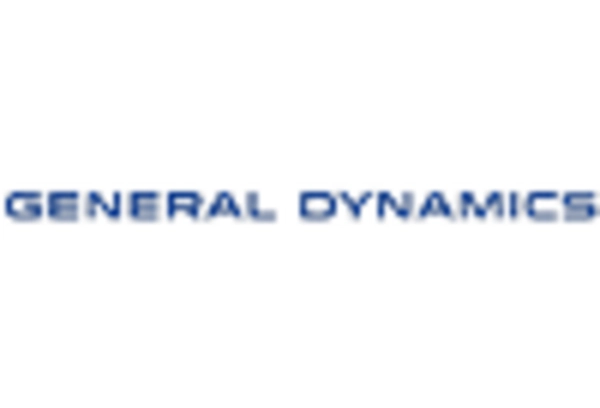
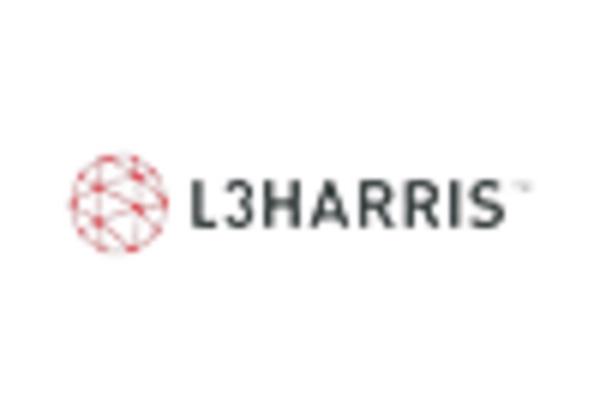

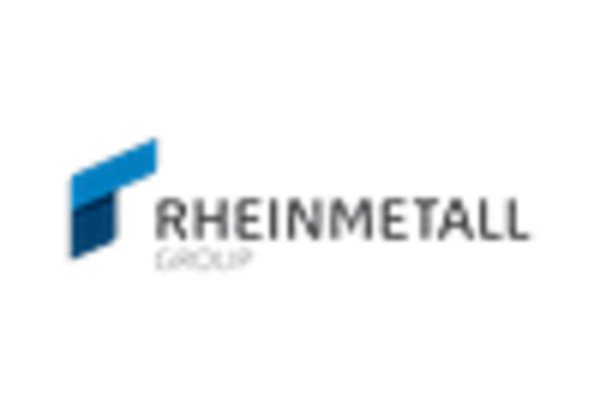










Leave a Comment